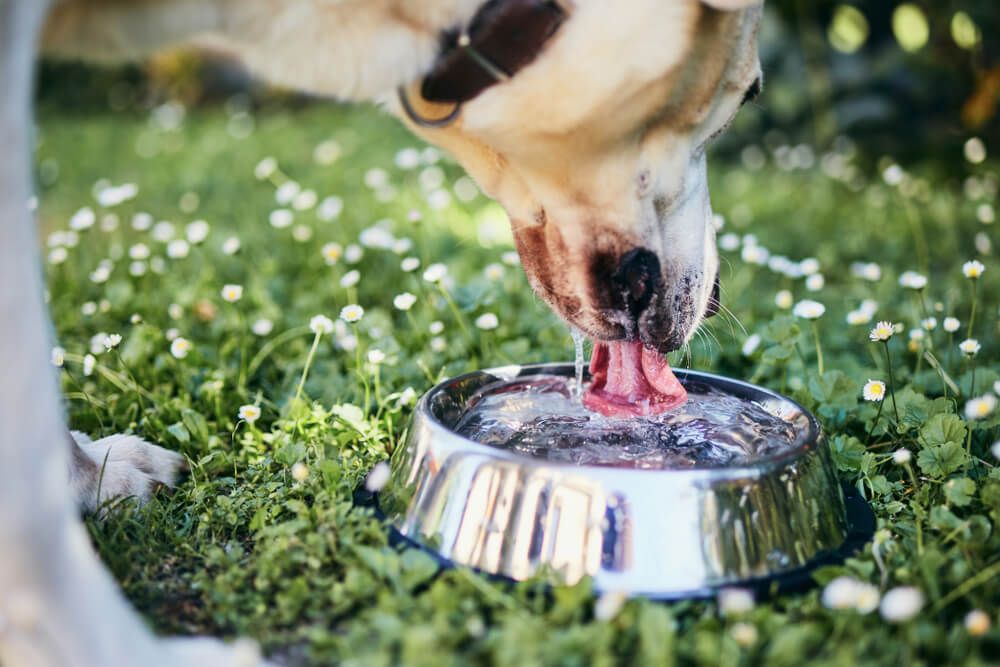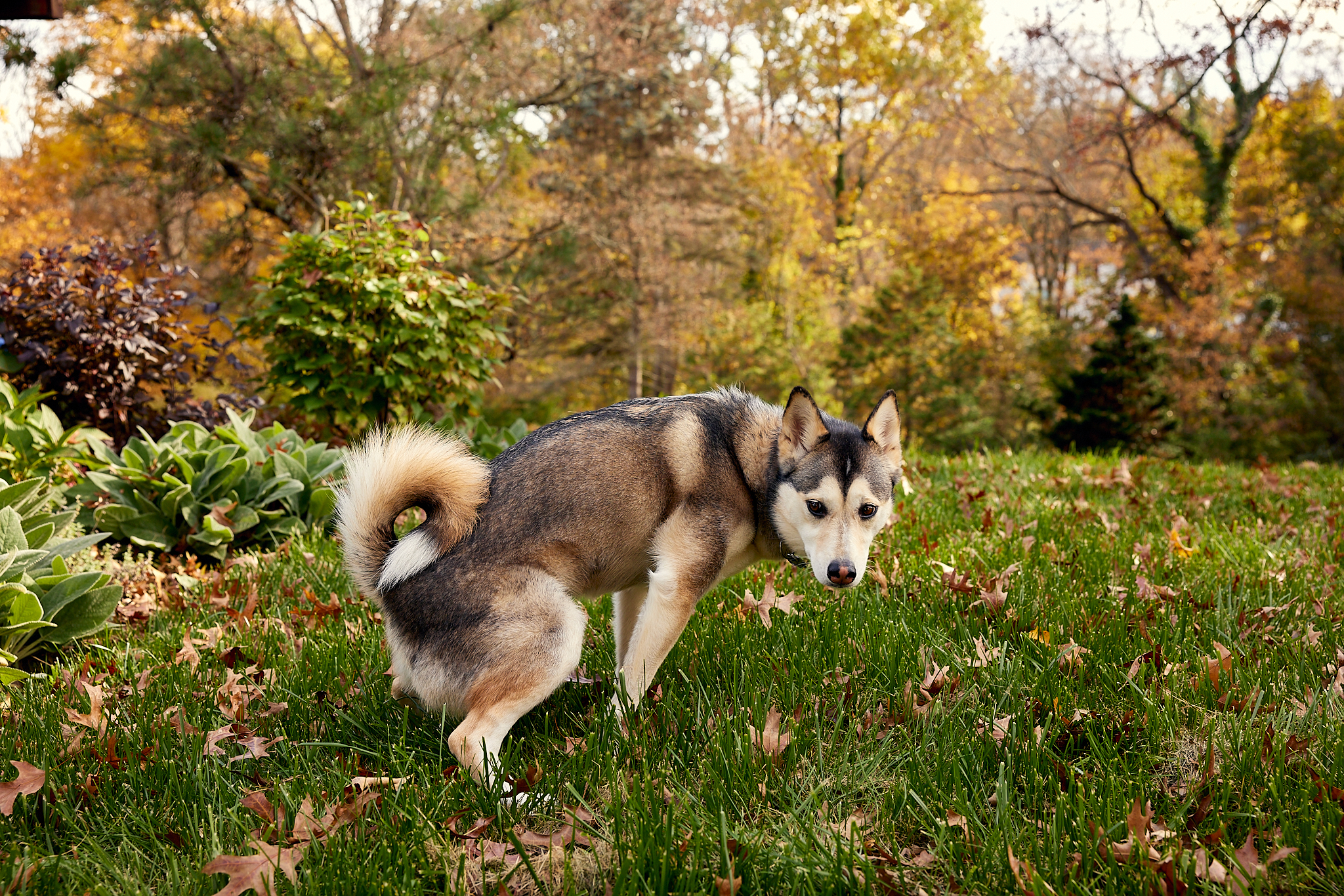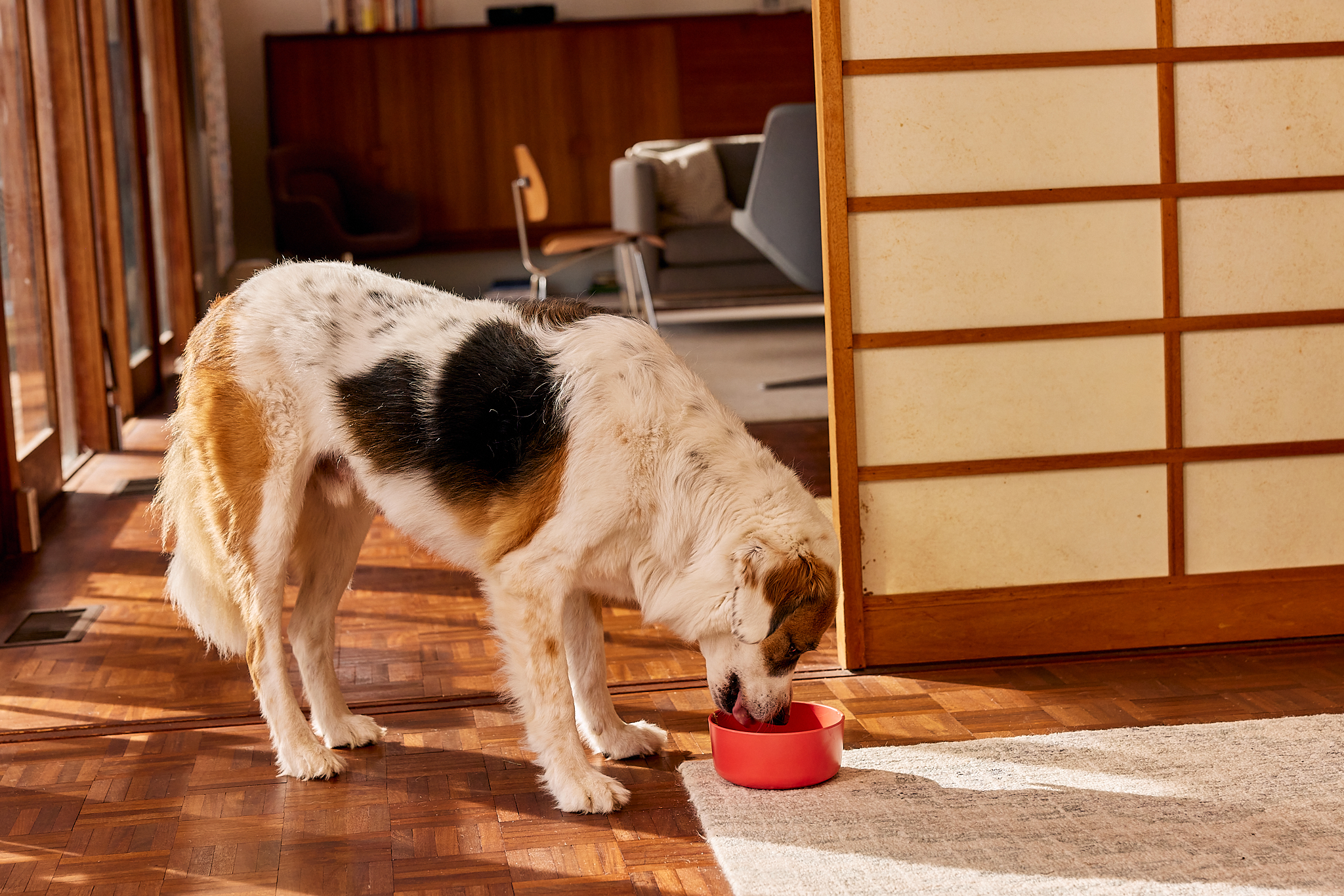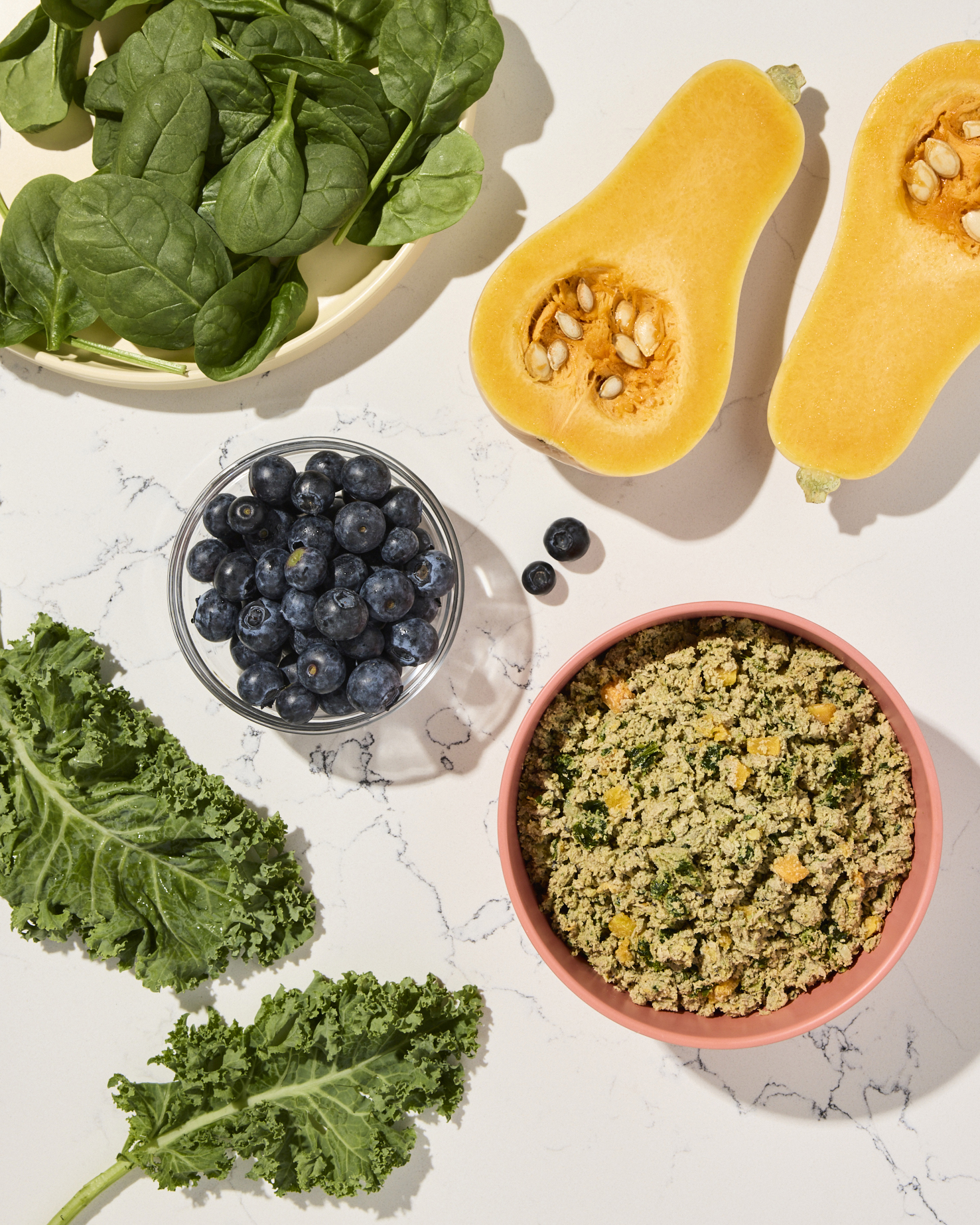Hey Ollie blog readers! We’re offering you an exclusive 60% OFF your starter box! Try now!
Figuring out how much water your dog needs to drink can be tricky. There are many factors including temperature, diet, medications, activity level and the size and breed of your dog. Even if your pup always has access to clean, fresh water you might find yourself wondering how do you know if your dog is actually drinking enough, or worse is your dog drinking too much water! We asked the experts what you need to look out for and when you should be concerned.
Symptoms of excessive water consumption
Usually, excessive water consumption is defined as a change from your dog’s usual habits. A healthy dog generally will drink an ounce of water per pound of body weight each day. This means your 10-pound dog will drink a little over a cup of water every day whereas a 50-pound dog will drink between 5 and 6 cups per day. There will obviously be some variation based on the factors we mentioned above, but if your dog is excessively over this amount of water and always begging for more it might be worth consulting your dog’s doctor just to make sure everything is normal.
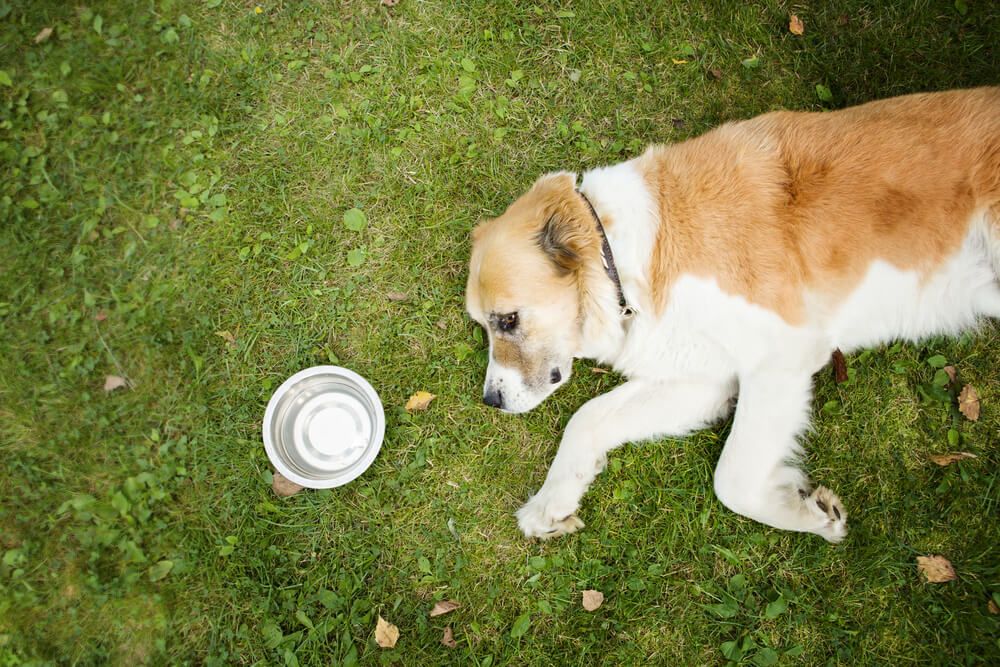
Four reasons your dog is drinking a lot of water
Dehydration
If your pup is dehydrated it makes sense that they will be extra thirsty. Dehydration can occur from vigorous exercise, not drinking often enough, spending time in warmer climates, long walks or even cold, dry air in the winter. It can also be caused by other illnesses. If your pup is vomiting or has diarrhea, they may also be dehydrated, especially if they can’t keep water down. If your pup is drinking extra water only occasionally it may be dehydration. In most mild cases, dehydration will resolve itself when your pup drinks enough water. In severe cases, you may need to have your vet help you get your dog hydrated again.
Kidney insufficiency
“By definition, chronic renal failure (CRF), or chronic kidney disease (CKD) is the inability of the kidneys to efficiently filter the blood of waste products, not the inability to produce urine. Ironically, most dogs in kidney failure produce large quantities of urine, but the body’s toxic wastes are not being effectively eliminated.” Says Dr. Ernst Ward, a Veterinarian with VCA Hospitals in a post for their blog. He also says, “When disease or advanced age causes the filtration process to become inefficient and ineffective, blood flow to the kidneys is increased in an attempt to increase filtration.
The body must increase the amount of blood flowing through the kidneys since less and less of the toxins are being removed each time. This results in the production of more urine. To keep the dog from becoming dehydrated due to increased fluid loss in the urine, thirst and water consumption is increased. Therefore, one of the earliest clinical signs of kidney failure is increased water consumption and urination, and is called compensated renal failure.”
Diabetes mellitus
Diabetes mellitus, or “sugar diabetes,” is the type of diabetes seen most often in dogs. In dogs, Diabetes occurs when either the pancreas is not producing enough insulin or the pancreas is producing insulin but it is not being used efficiently. If your dog has diabetes they are at risk of organ damage. Some of the early symptoms of diabetes are increased thirst and increased urination. If your dog is diabetic and undiagnosed, they may be having accidents in the house as they struggle to control their bladders.
Cushing’s Syndrome
According to the American College of Veterinary Medicine, “The condition associated with chronic excesses of cortisone is called by several names: hypercortisolism, hyperadrenocorticism, or “Cushing’s Syndrome.” They say that “About 80 years ago, Dr. Harvey Cushing is credited for being the first to describe a group of people, each ill due to chronic excesses in cortisone. This is why some refer to the disease using his last name. A tumor producing excess cortisone can develop in either adrenal gland. This is called “adrenal tumor hypercortisolism” and is recognized in about 15 to 20% of dogs with naturally occurring Cushing’s Syndrome. The majority of dogs with naturally occurring Cushing’s Syndrome (80 to 85%) have a tumor in the “pituitary” gland, located near the bottom of the brain. The pituitary gland is also called the “master gland” because its job is to control function of other glands, including the adrenals. Some pituitary tumors produce excessive chemical messages telling the adrenals to produce cortisone.
The result is “pituitary dependent Cushing’s Syndrome.” Finally, dogs being administered steroid hormones by their owners or veterinarians may develop clinical signs which mimic naturally occurring disease and this is called “iatrogenic hypercortisolism. Symptoms of Cushing’s Syndrome “usually include some combination of excess thirst and urine production, increases in appetite, hair loss that does not involve the head or legs, hair that is slow to grow back after clipping, panting, muscle weakness and an enlarged belly. Dogs with this condition need to urinate more often and some previously “house-broken” dogs may begin to urinate indoors. Muscle weakness may be noted as decreased ability to go for walks, difficulty climbing stairs, or being unable to jump onto furniture or into a car.”
How will my vet diagnose and treat my dog for excessive water consumption?
While it is really easy to think the worst when your pup is excessively thirsty, but your vet is here to help you get to the bottom of it. He or she will probably start with some tests to determine the cause of your dog’s thirst and will also help you with a treatment plan depending on what they find.
Your dog’s doctor will want to speak with you to get a history. They may ask you when you noticed your dog was drinking more – did it start quickly or has your dog been slowly drinking more and more? They will also ask about any changes to your dog’s diet, lifestyle or even if you’ve recently moved.
Finally, they may ask about other symptoms you’re noticing. Try to think of anything out of the ordinary or anything in your pup’s life that has changed. Tell the doctor everything you can think of even if you don’t think it is relevant.
After the vet has taken a history, they’ll do a physical exam. This exam might include bloodwork and taking a urine sample if they can get one. Depending on what they find, your pup may also be sent for an ultrasound or x rays.
Once your doctor is able to confirm a diagnosis, they will also give you treatment options. These options will depend on a number of factors including your dog’s age, what they have found and potential side effects, effectiveness of treatment and cost.
Discuss any questions or concerns about treatment and decide how you want to move forward. Be sure to follow the doctor’s instructions carefully to help your best friend get back to feeling their best!
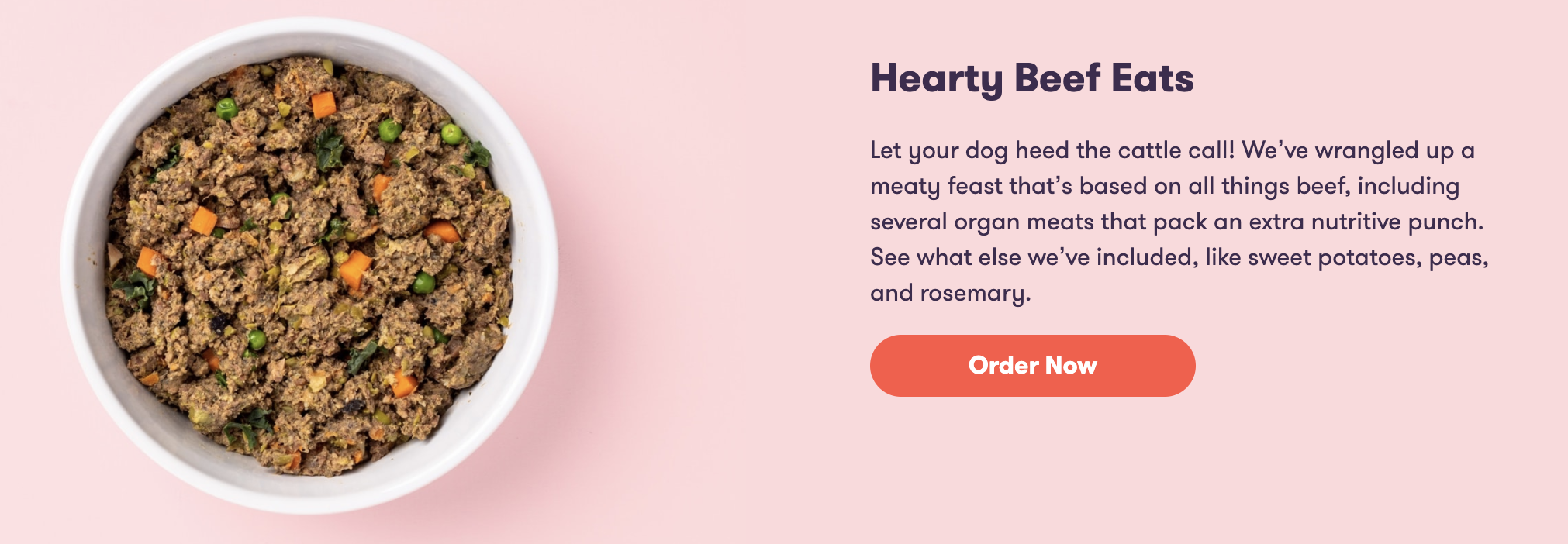
If you’re concerned about your pup’s water consumption, even if you don’t think they have one of the conditions mentioned above, it’s never a bad idea to discuss it with your vet. It’s always better to be safe than sorry. While drinking a lot of water could potentially be normal for your pup, you want to make sure there is nothing else going on before it becomes more serious. You may also need to make some modifications to your dog’s diet or environment including reducing the number of salty snacks your dog enjoys or getting a ceiling fan to keep your home cooler and air moving for your dog.
Why Is My Dog Drinking So Much Water?
If your dog is suddenly drinking a lot more water than usual, it could be totally normal—or it could be a sign that something’s off. Dogs can drink more water for a few simple reasons, like hot weather, extra exercise, salty treats, or a switch in their diet. These situations usually lead to short-term increases in thirst that go back to normal quickly.
But if your dog’s water bowl is always empty and they’re drinking large amounts every day, it’s worth paying attention. Excessive drinking, also called polydipsia, can sometimes point to health issues. Conditions like kidney disease, diabetes, Cushing’s disease, or a urinary tract infection can all cause dogs to drink more than usual. In some cases, medications like steroids or diuretics may also increase thirst.
The key is to look at the bigger picture. If your dog is drinking a lot of water and showing other symptoms—like increased urination, weight loss, appetite changes, or low energy—it’s time to call your vet. They can run tests to figure out if something more serious is going on.
How Much Water Should A Dog Drink?
A good rule of thumb is that dogs should drink about one ounce of water per pound of body weight each day. So if your pup weighs 40 pounds, they should be drinking around 40 ounces (about five cups) of water daily. This can vary based on activity level, weather, and diet. For example, dogs that eat fresh or wet food like Ollie’s Fresh Recipes may drink less because they’re already getting moisture from their meals.
Puppies, nursing mothers, and active dogs often need more water. So do dogs on dry kibble diets, since they’re not getting hydration through food. If your dog is drinking less or more than usual for more than a day or two, take note. A sudden drop in water intake could mean your dog isn’t feeling well, while a sudden spike might signal an underlying issue that needs a vet’s attention.
The best way to keep track is to monitor how often you’re refilling the water bowl. If it feels like you’re topping it off constantly, jot down some notes or measure how much your dog is actually drinking each day. That info can be super helpful for your vet if a check-up becomes necessary.
The Ollie blog is devoted to helping pet parents lead healthier lives with their pups. If you want to learn more about our fresh, human-grade food, check out MyOllie.com.
Tagged As:

The nutrition your dog needs,
the food they want.

Enjoying our articles? Subscribe our Newsletters and get new articles directly to your inbox
You might also like
3 July 2025
5 MINS READ
How Fresh Food Can Help Your Dog Have Perfect Poops
As a pup parent, you’re likely very familiar with your dog’s bathroom habits. While it may not be the most glamorous part of taking care of your pup, a dog’s stool can be one of the most dir…
by Ollie Pets
4 June 2025
5 MINS READ
How Can Fresh Dog Food Help with Weight Management?
Maintaining a healthy weight is one of the most important aspects of your dog’s overall health and longevity. Being overweight or underweight can result in health complications and conditions that…
23 May 2025
5 MINS READ
Why Fresh Dog Food Makes Happier, Healthier Dogs That Live Longer
Every pup parent wants their dog to live a long, happy life, and the path to a healthier, happier dog starts with what’s in their bowl. Recent research and expert insights reveal that fresh dog …
by Ollie Pets
